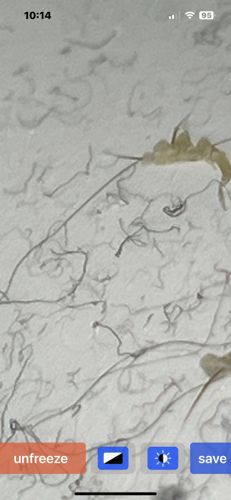Head Louse
Scientific Name: Pediculus humanus capitis
Order & Family: Order: Psocodea, Family: Pediculidae
Size: Adult head lice are tiny, typically 2-4 mm (about the size of a sesame seed). Nits (eggs) are even smaller, about 0.8 mm long, and usually appear yellowish-white to brown.

Natural Habitat
Head lice live on the human scalp, hair, and neck, clinging to hair shafts. They are commonly found behind the ears and near the nape of the neck, but can be anywhere on the scalp.
Diet & Feeding
Head lice are hematophagous, meaning they feed exclusively on human blood. They pierce the skin with their mouthparts and inject saliva, which contains anticoagulants, before drawing blood.
Behavior Patterns
Head lice are obligate human ectoparasites, meaning they live exclusively on humans and feed on human blood. They cannot survive off a host for more than 24-48 hours. They do not jump or fly, but are spread primarily through direct head-to-head contact. Nits (eggs) are laid on hair shafts close to the scalp and hatch in about 7-10 days. Nymphs mature into adults in about 9-12 days, and adults can live for about 30 days on a host. Females can lay up to 8-10 eggs per day.
Risks & Benefits
Potential risks: Head lice infestations (pediculosis capitis) cause intense itching and irritation of the scalp due to an allergic reaction to the louse's saliva. Excessive scratching can lead to secondary bacterial infections of the skin. While annoying and a nuisance, head lice are not known to transmit diseases to humans. Potential benefits: None for humans; they are parasites.
Identified on: 8/27/2025